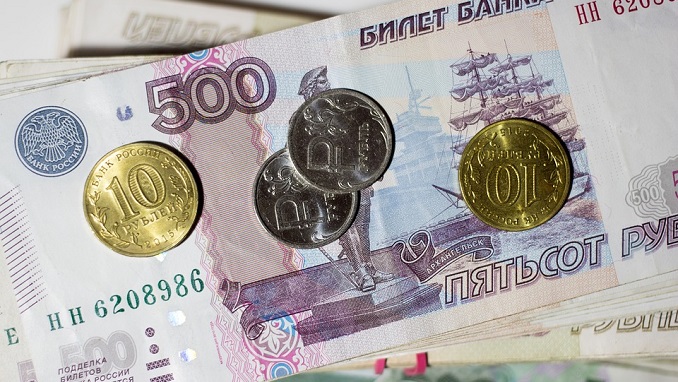The Russian central bank is considering limiting future transactions with a digital ruble to smooth the impact of its implementation, planned for 2023, Deputy Governor Alexei Zabotkin said, as reported by Reuters.
Russia is working on introducing the digital ruble on top of existing cash and non-cash rubles, to facilitate payments for individuals and businesses and make the use of its currency more global in the face of Western sanctions.
“The emission of the cryptoruble will be akin to cash emission,” Zabotkin said.
“It will be feasible to introduce limits on the transactions from non-cash form into the digital ruble,” Zabotkin said, adding that the central bank will stand ready to compensate for possible liquidity shortages when introducing the digital ruble.
Russia is joining other central banks across the world that are stepping up efforts to develop digital currencies to modernize financial systems, speed up payments and counter a potential threat from other cryptocurrencies.
Below are the key aspects that are known about Russia’s digital ruble project:
* The central bank first floated the idea of the digital ruble in October, citing the need to make payments more convenient;
* The digital ruble will be issued by the central bank and will not substitute for cash in circulation or accounts in banks;
* The first test-drive stage is planned for 2022 and will include transactions with banks. Other operations, such as tax payments and budget settlements, will be tested later;
* Russia is leaning towards a two-tier system for its digital ruble, with banks opening digital wallets with the central bank and serving as intermediaries for customers and companies;
* Russian banks expressed concern about the digital ruble, pointing at cyber risks, possible liquidity shortages and damage to their profits;
* Russia gave cryptocurrencies, such as bitcoin, legal status in 2020. But it banned them from being used as a means of payment, stressing that only currencies issued by central banks can be used for that;
* Russia eyes the digital ruble introduction at times when major central banks including the U.S. Federal Reserve have teamed up with the Bank for International Settlements (BIS) to explore central bank digital currencies.












